Bergisch products from meadow orchards
In the Bergisches Land, meadow orchards have played an important role since the 18th century and used to characterise the image of every village. Apple juice, jelly and cabbage, also called "Krückchen" or "Kruut", are still typical specialities of the region, which used to be exported even as far as Russia and America.
The meadow orchard - an Eldorado for self-supporters
In earlier times, if you owned a meadow orchard, you could provide for your family all year round from its yield. Cherries, plums and damsons, but above all apples and pears, sometimes also quinces and elderberries, regularly brought delicious vitamins to the plate alongside potatoes, cabbage, beans and other home-grown produce from the farm garden. Locally adapted varieties that had proven themselves over the decades for cultivation in the Bergisches Land brought good yields and also flavourful variety due to their suitability for the location.
Varieties - from early to late
For the Bergisch Land, for example, the Weißer Klarapfel (White Clear Apple) has proven to be an early variety and the Rheinische Winterrambour (Rhenish Winter Rambour), Schöne aus Boskoop (Beautiful Boskoop), Ontario and Winterglockenapfel (Winter Bell Apple) have proven to be late, storable varieties. Likewise, the Zuccamaglio apple, which is one of the original Bergisch varieties, the Luxembourg Triumph, the Rhenish Silk Shirt, the Yellow Bergisch Sheep's Nose or the Red Starlet are suitable for Bergisch soils. All autumn varieties, including Kaiser Wilhelm, Luxemburger Triumph and Rote Sternrenette, can be stored well and used for cooking, baking and preserving. Medium-early Bergisch varieties such as the Gravensteiner, the Biesterfelder Renette, the Goldparmäne or the Jacob Lebel apple are best suited as dessert fruit. This is because their shelf life is limited to up to three weeks. The Rheinischer Bohnapfel, the Rheinischer Krummstiel, the Westerwälder Grünapfel and the Gelber Bergische Schafsnase are cider fruit varieties that are less tasty as dessert fruit.
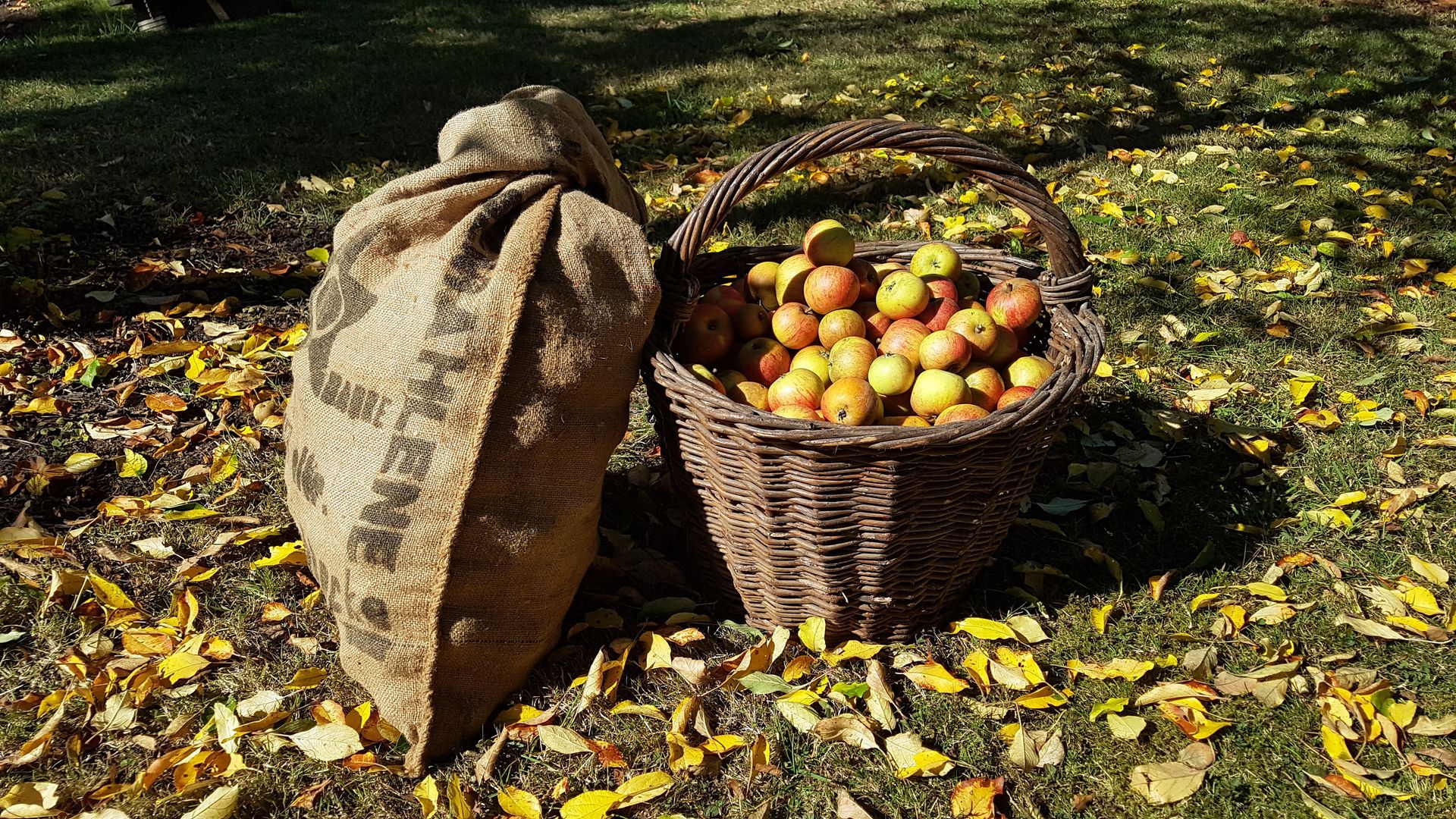
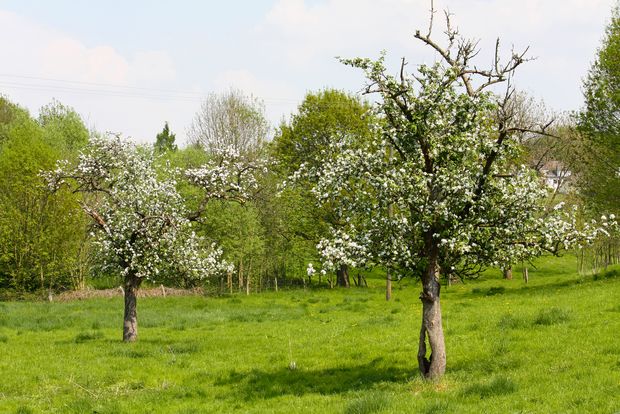
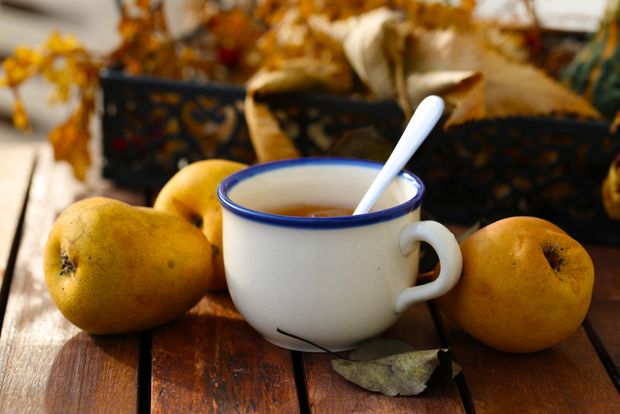
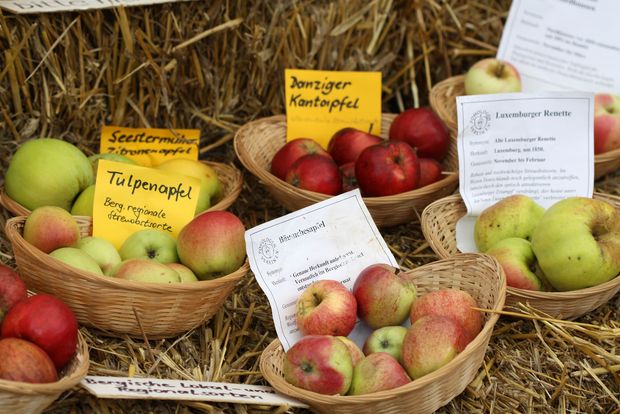
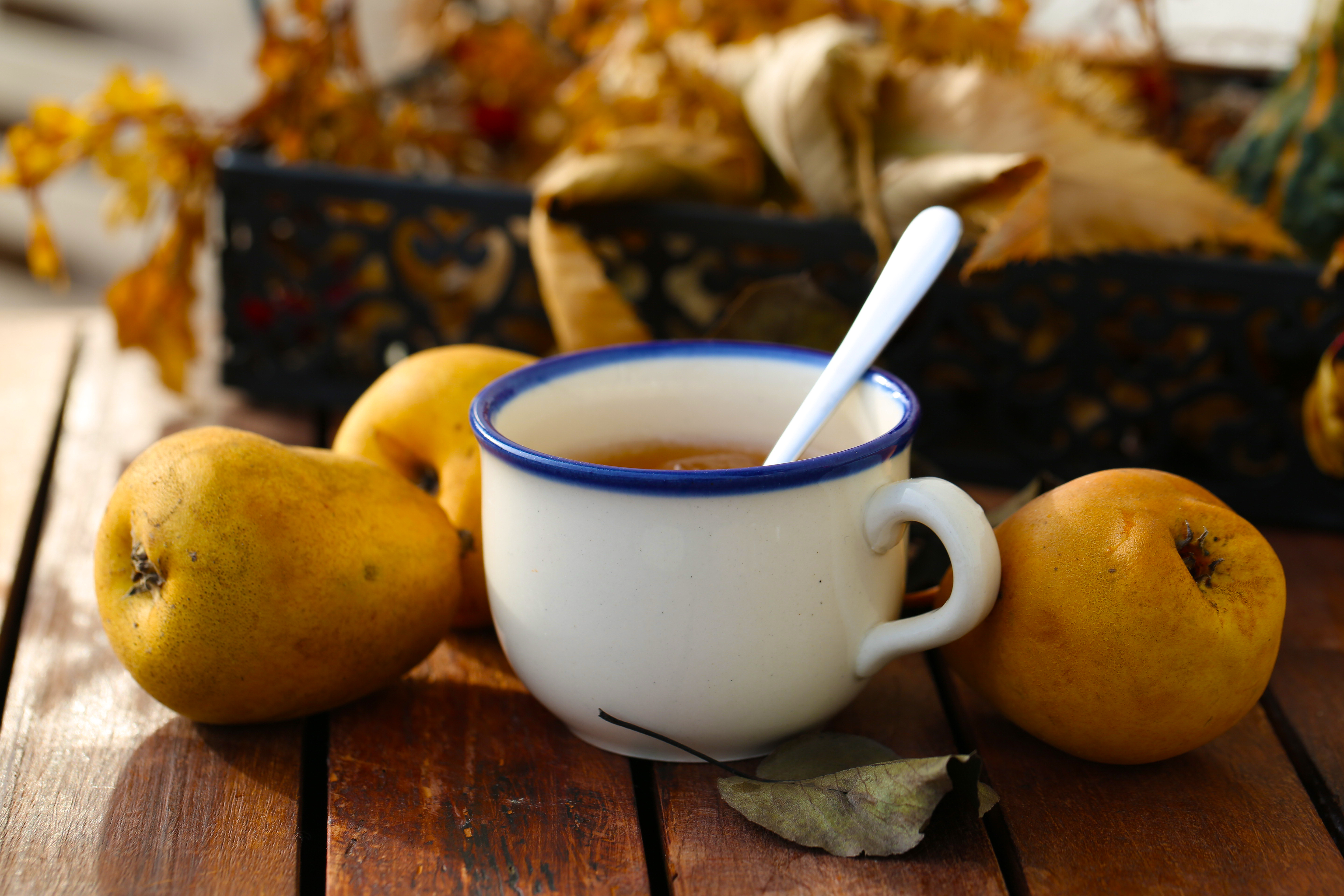 Whether pure, as a side dish to potthucke, potato pancakes or in the form of "heaven and earth" - homemade apple or pear puree is always a delight. And it tastes even better when it comes from mountainous orchards with old varieties.
Whether pure, as a side dish to potthucke, potato pancakes or in the form of "heaven and earth" - homemade apple or pear puree is always a delight. And it tastes even better when it comes from mountainous orchards with old varieties.